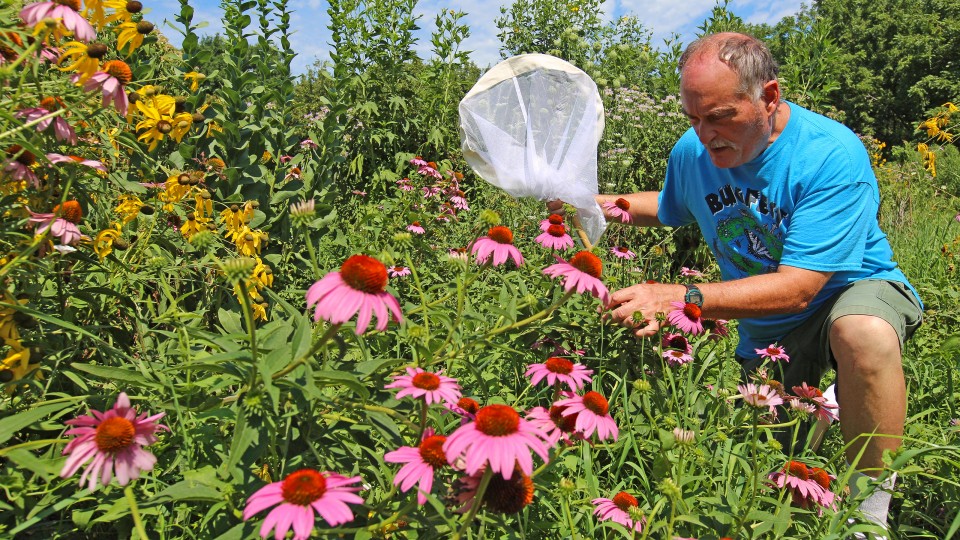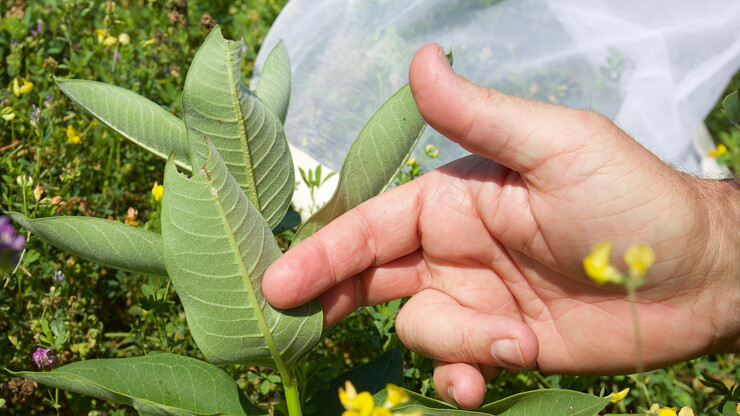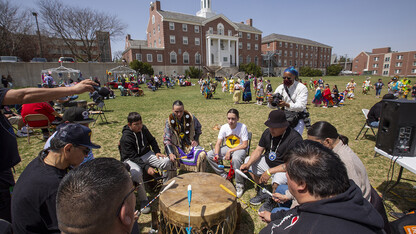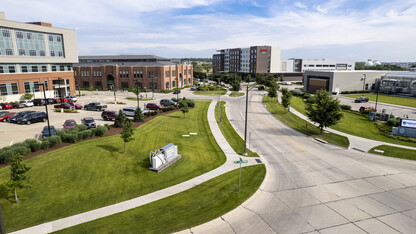· 3 min read
Researcher sees end to ‘summer of no butterflies’

In 55 years of butterfly collecting, Steve Spomer has never experienced a season more devoid of the flighty insects than this summer.
“I’m calling this the summer of no butterflies,” said Spomer, a research technologist in the Department of Entomology at the University of Nebraska-Lincoln. “It started out really strong in the spring, then the butterflies disappeared. It is easily one of the worst seasons I’ve ever experienced in terms of finding butterflies.”
Spomer, a naturalist who collects insects from across the region, said he has heard similar reports from colleagues and UNL students. And, his own trips to collect, which range from the Flint Hills in Kansas to wetlands in Saunders County, Nebraska, have found basically nothing in terms of butterflies.
The only place he has found the insects in abundance was in Colorado’s mountain elevations.
“From reports I’ve received, this is something that is impacting the entire Great Plains region,” Spomer said. “The higher mountain stuff is not affected by weather as much, so that is why their butterfly populations are pretty normal. So, I believe the local decline is most likely due to spring weather conditions across the plains.”
Spomer said butterflies were emerging in normal numbers at the start of the spring season. However, continuous rains in May most likely contributed to the reduction in butterflies now.
“It’s my feeling that through three weeks of nearly constant rain in May, a lot of the caterpillars and chrysalises were unable to dry out and were killed by a fungus of some kind,” Spomer said.
Other possible contributors to the decline include bacteria, viruses and predation.
The impact of those factors will most likely be short lived as butterflies produce multiple broods from spring to late summer. And, from recent forays into the field, Spomer is seeing signs that the population will most likely rebound in the coming weeks.
“The recent hot weather has definitely helped development and we’re finally starting to find eggs on leaves,” Spomer said. “I believe by next month, we’ll see butterfly numbers pick up. We’re already starting to see skipper butterflies emerge and there have been swallowtail sightings in backyards over the weekend.
“We may even get another brood to emerge in September — if we’re lucky.”
Overall, Spomer said the mid-summer decline should not have a long-term impact on butterfly numbers.
“They have built-in mechanisms for survival,” Spomer said. “If we see the populations increase in August and September, the butterflies will be in fine shape for next year.”








